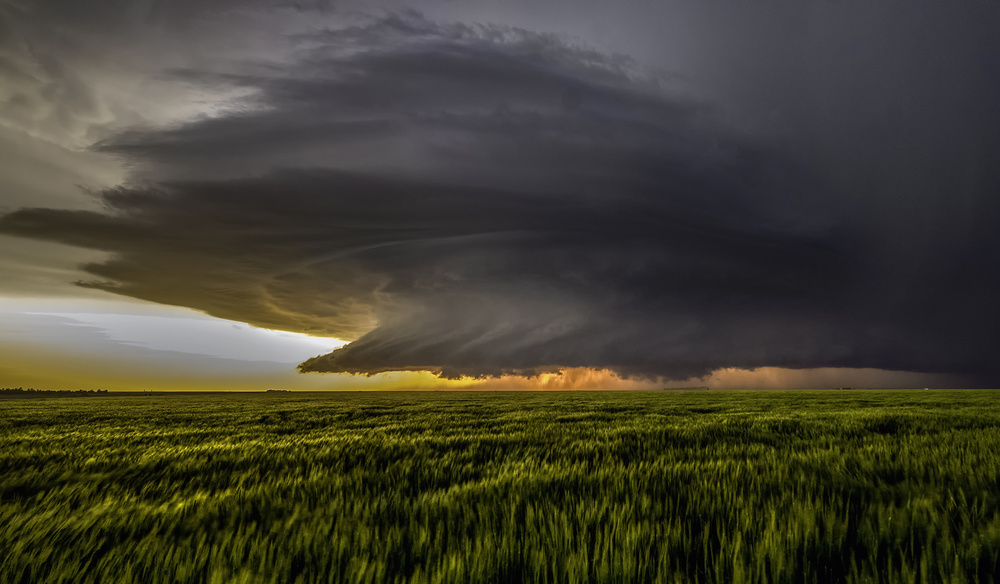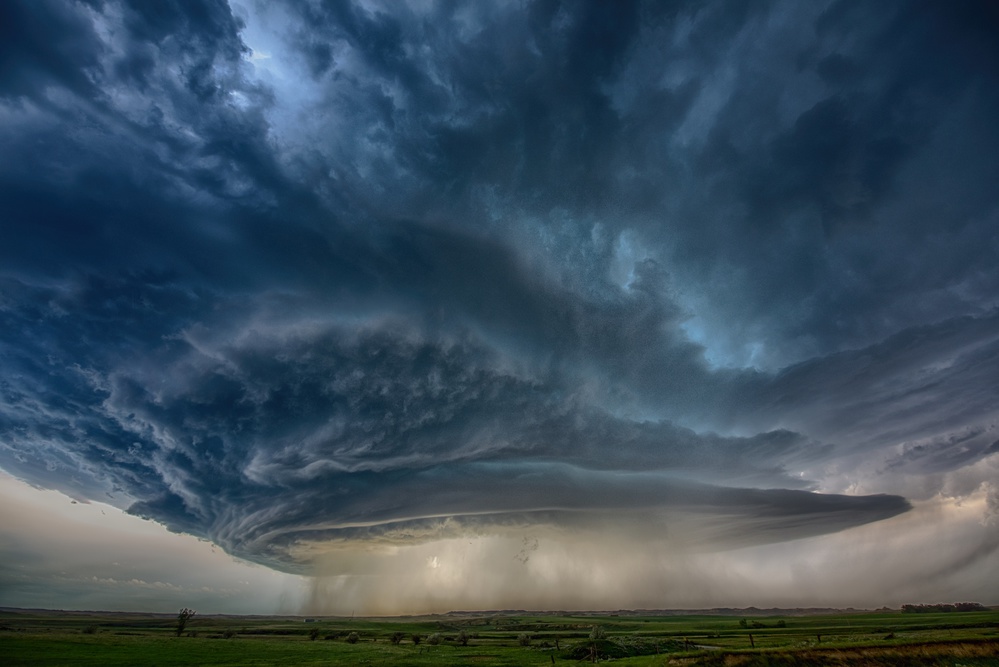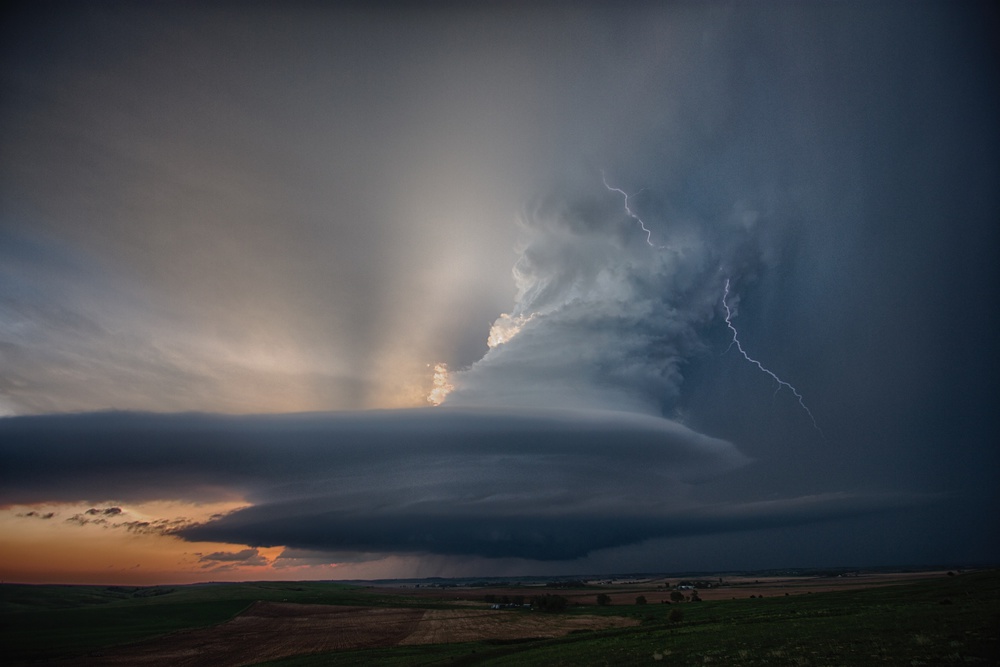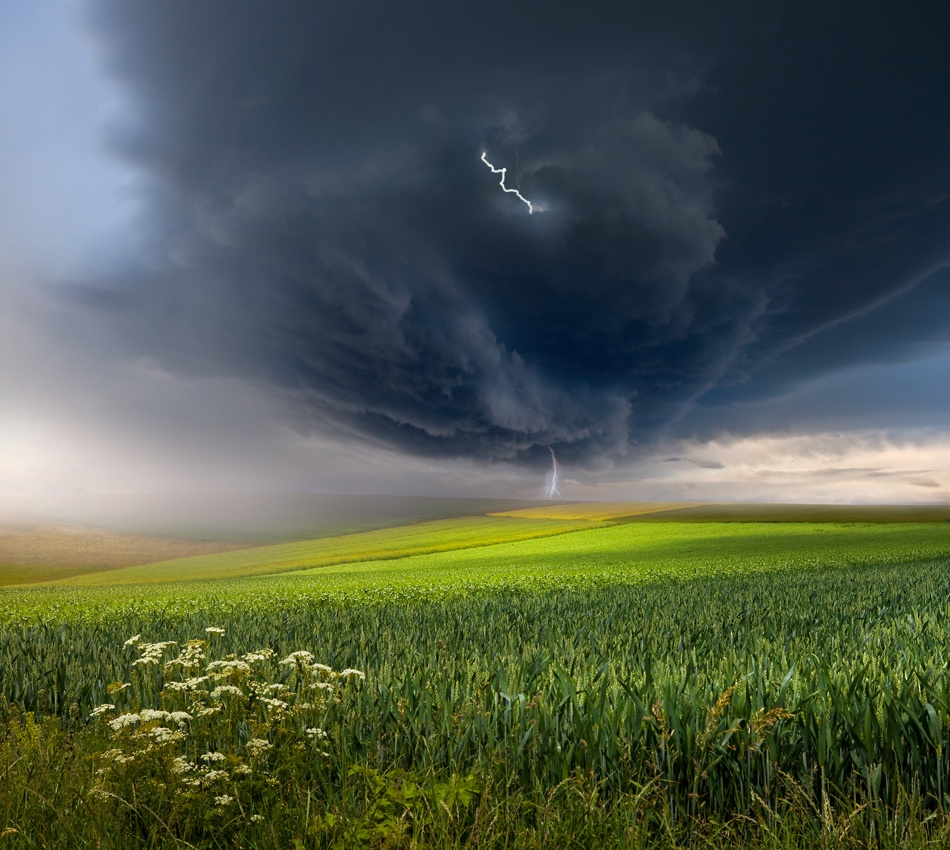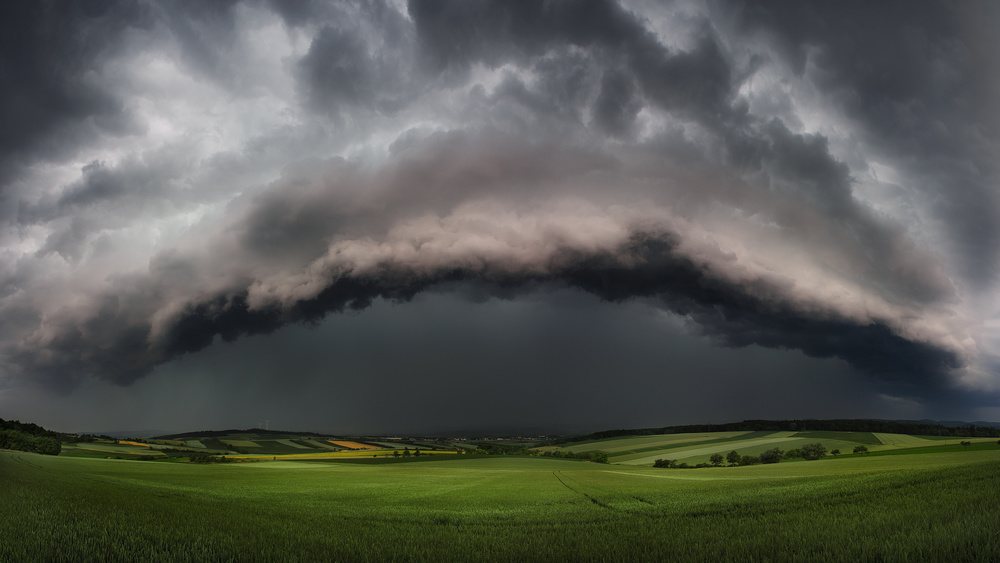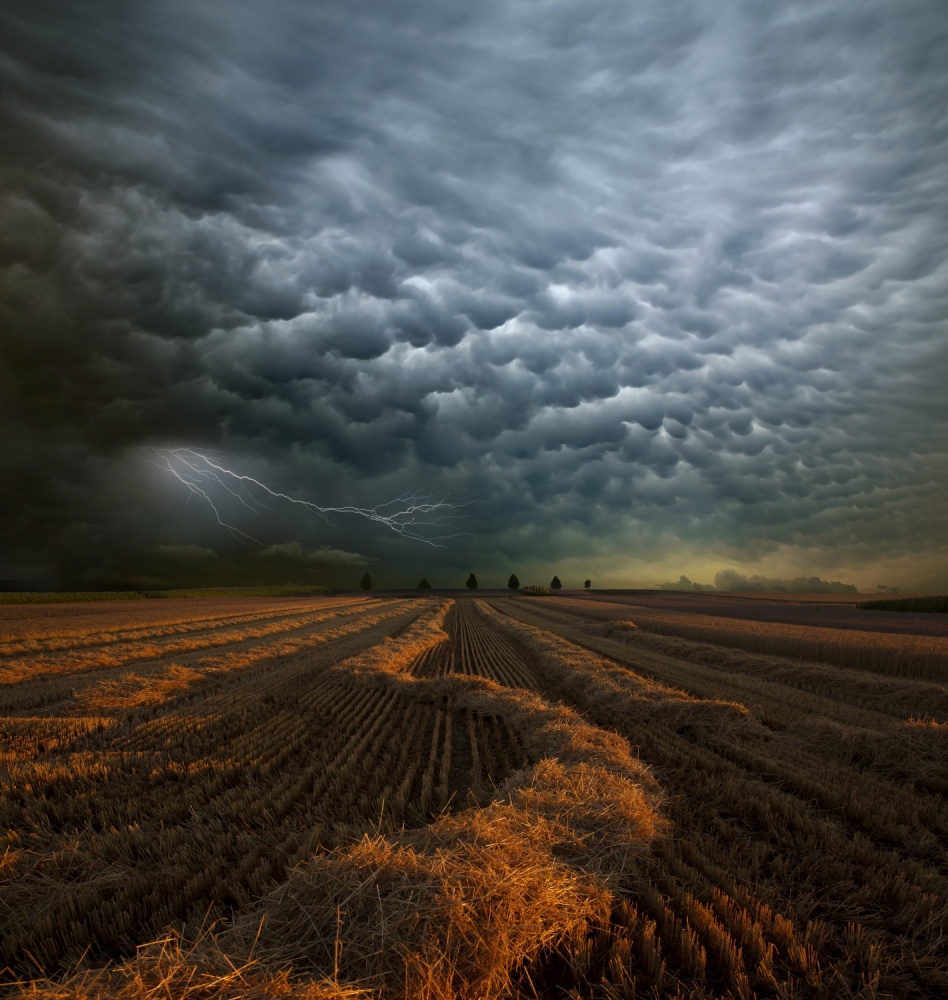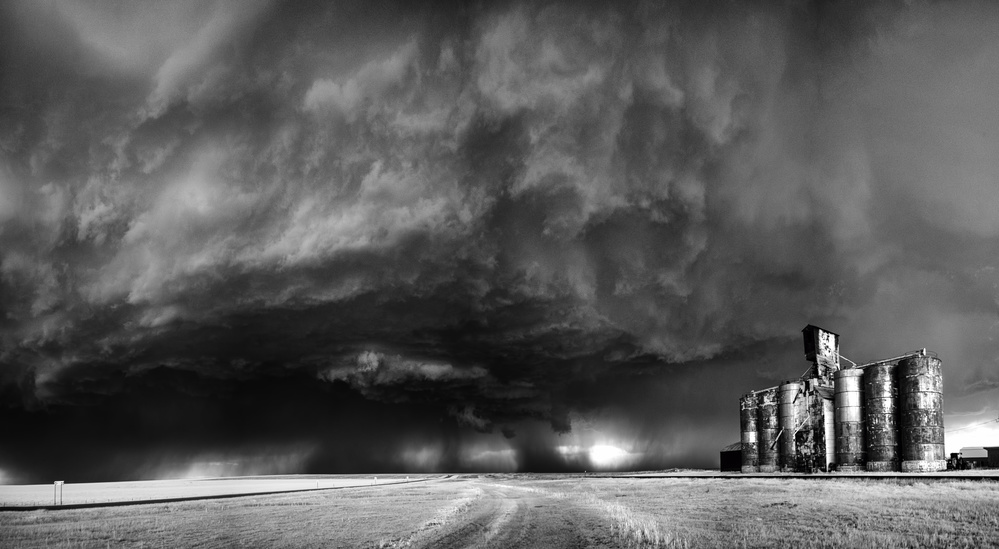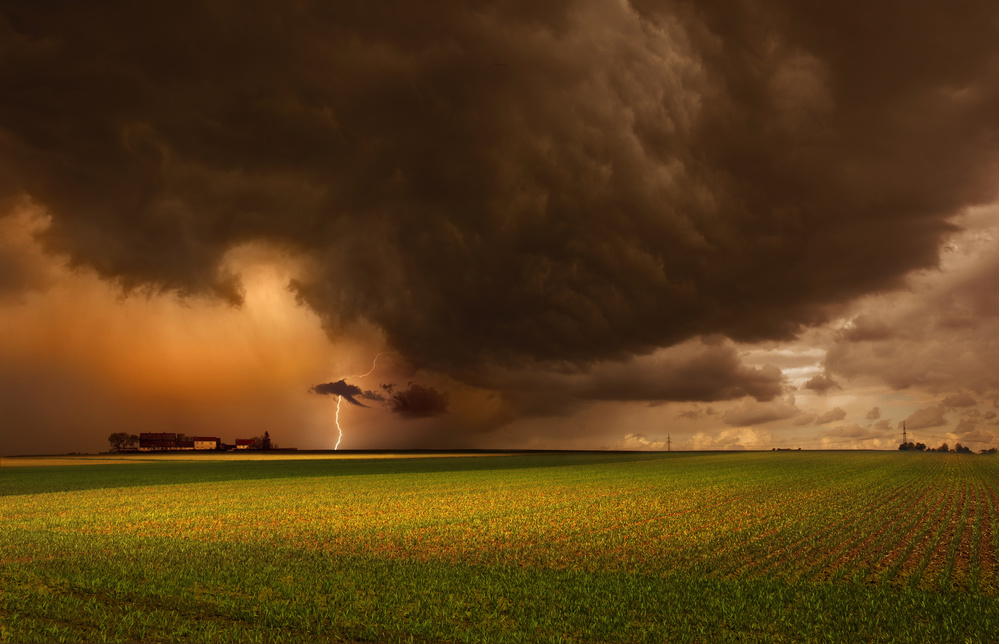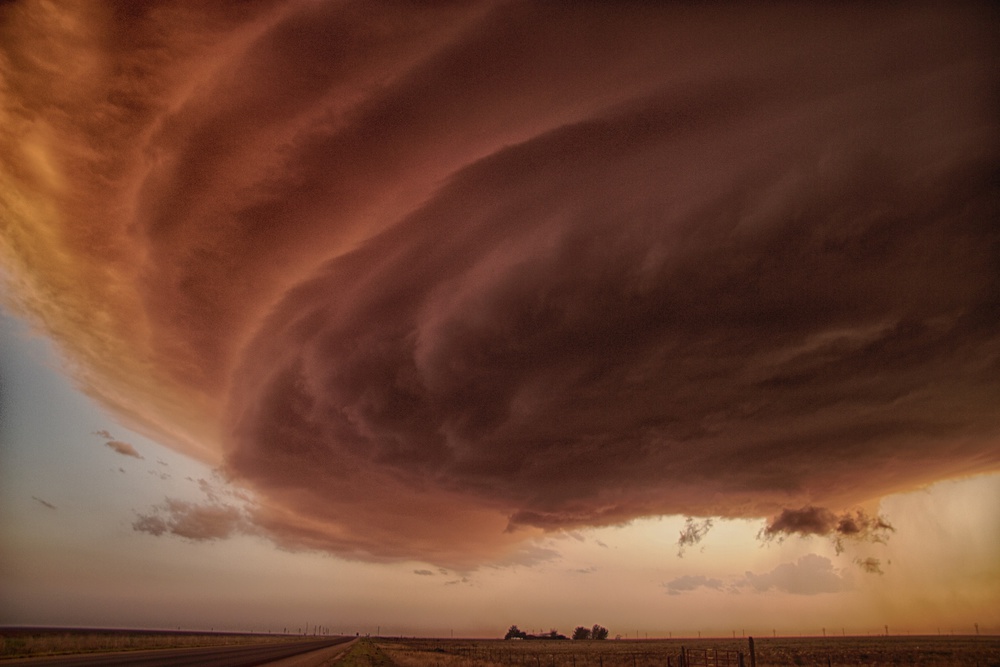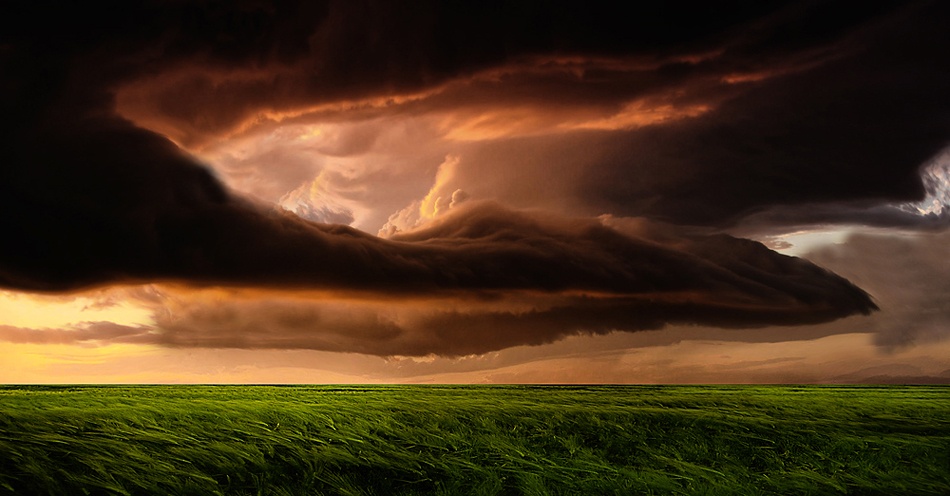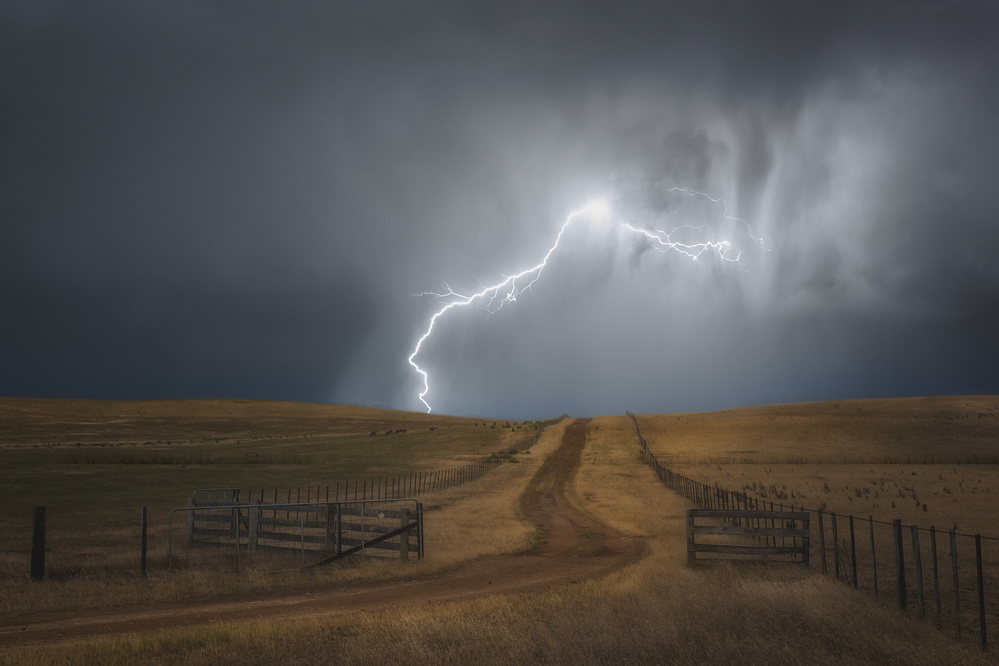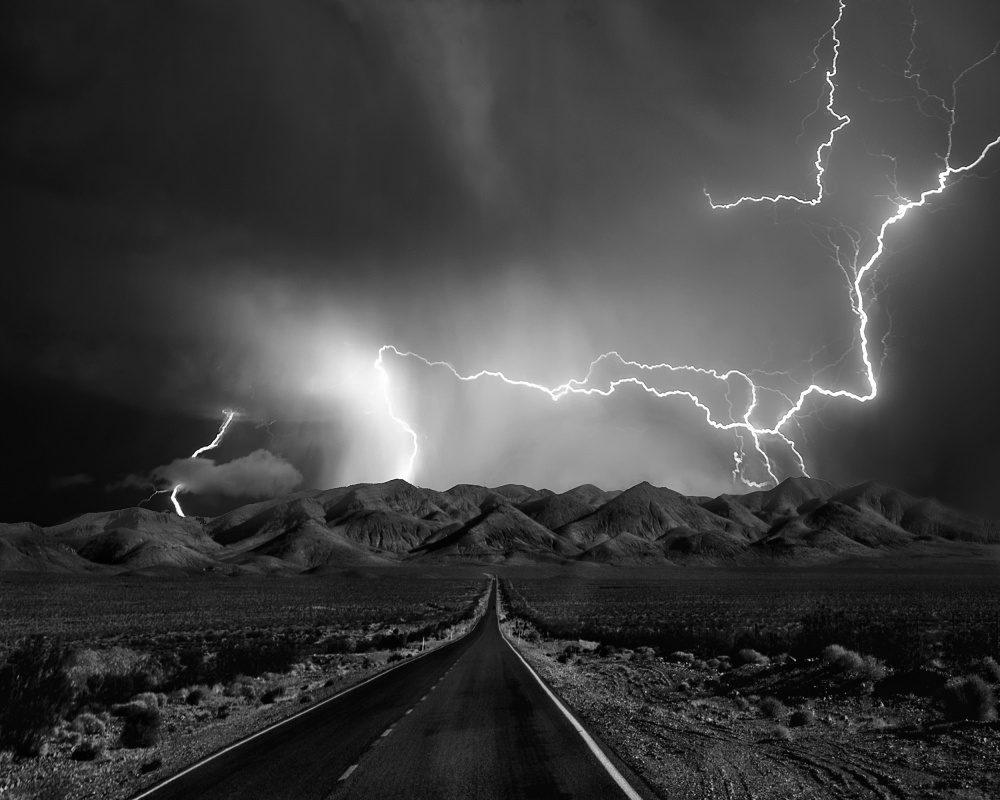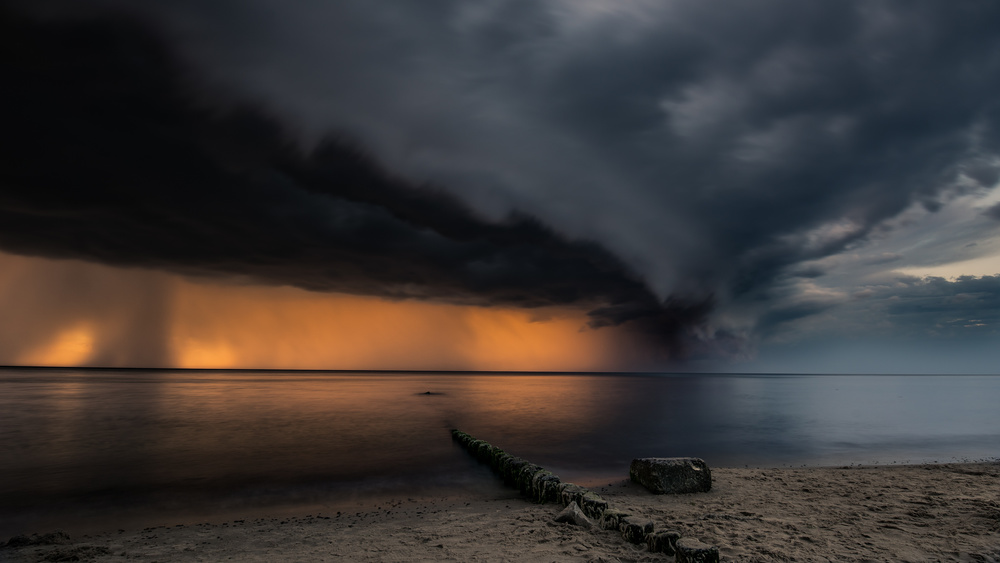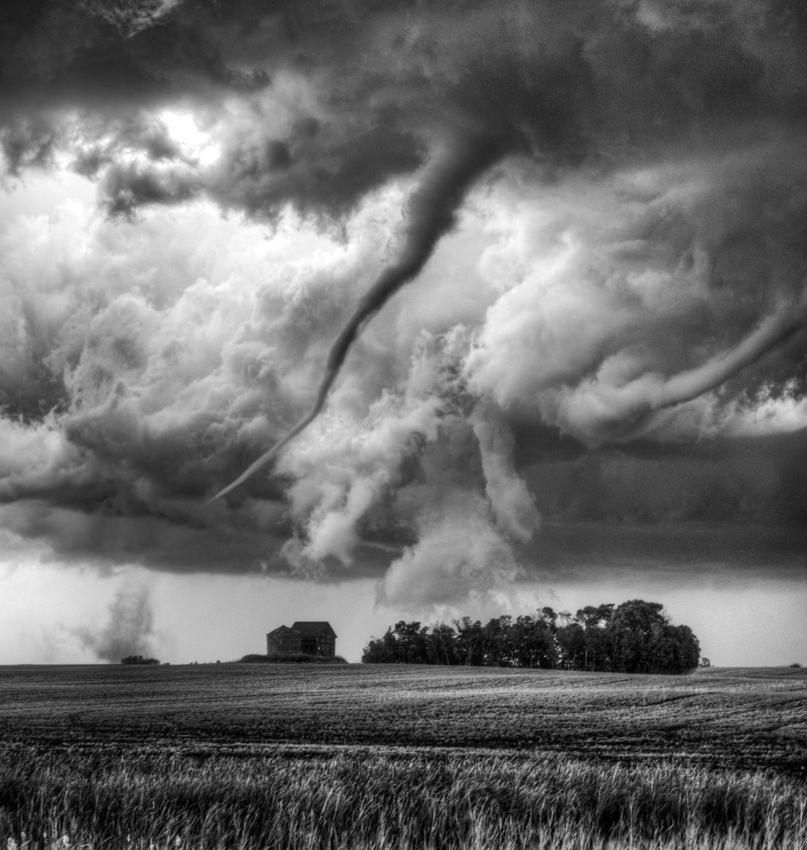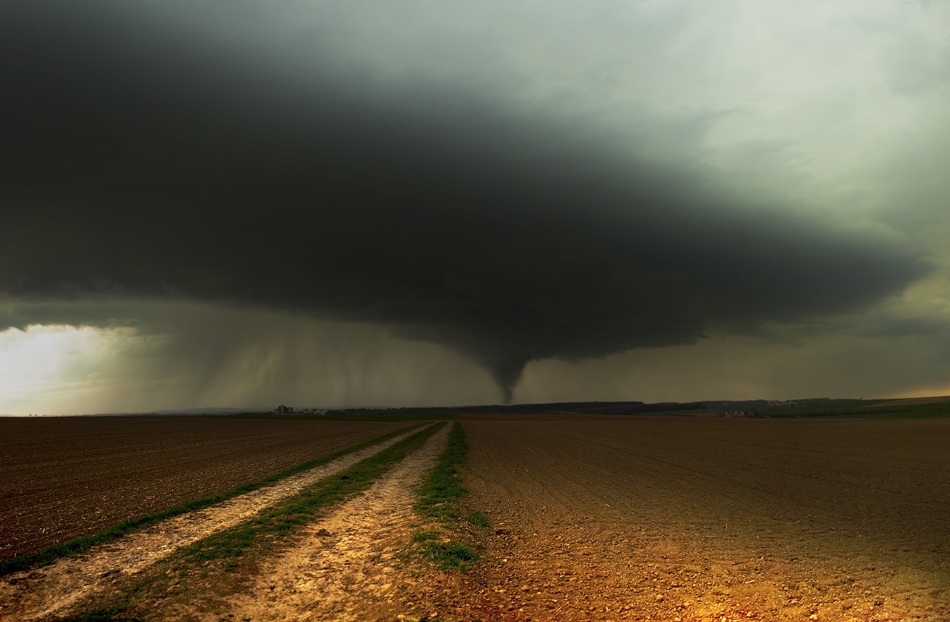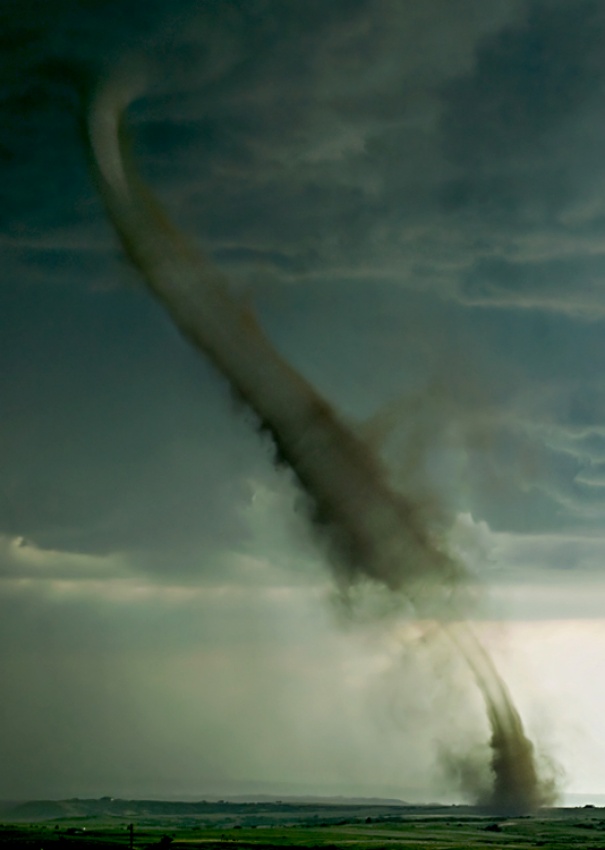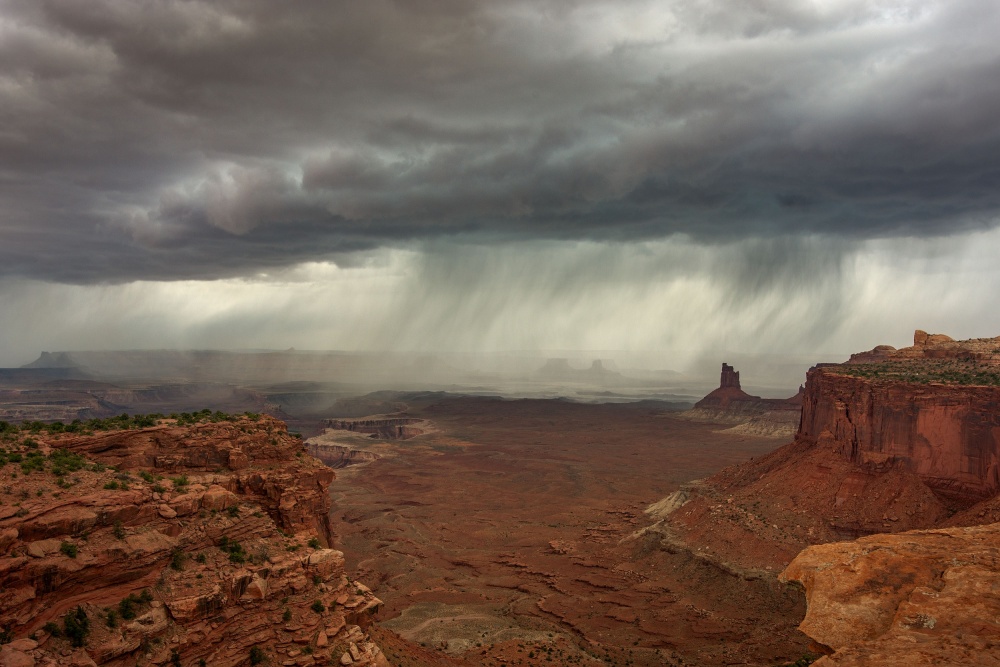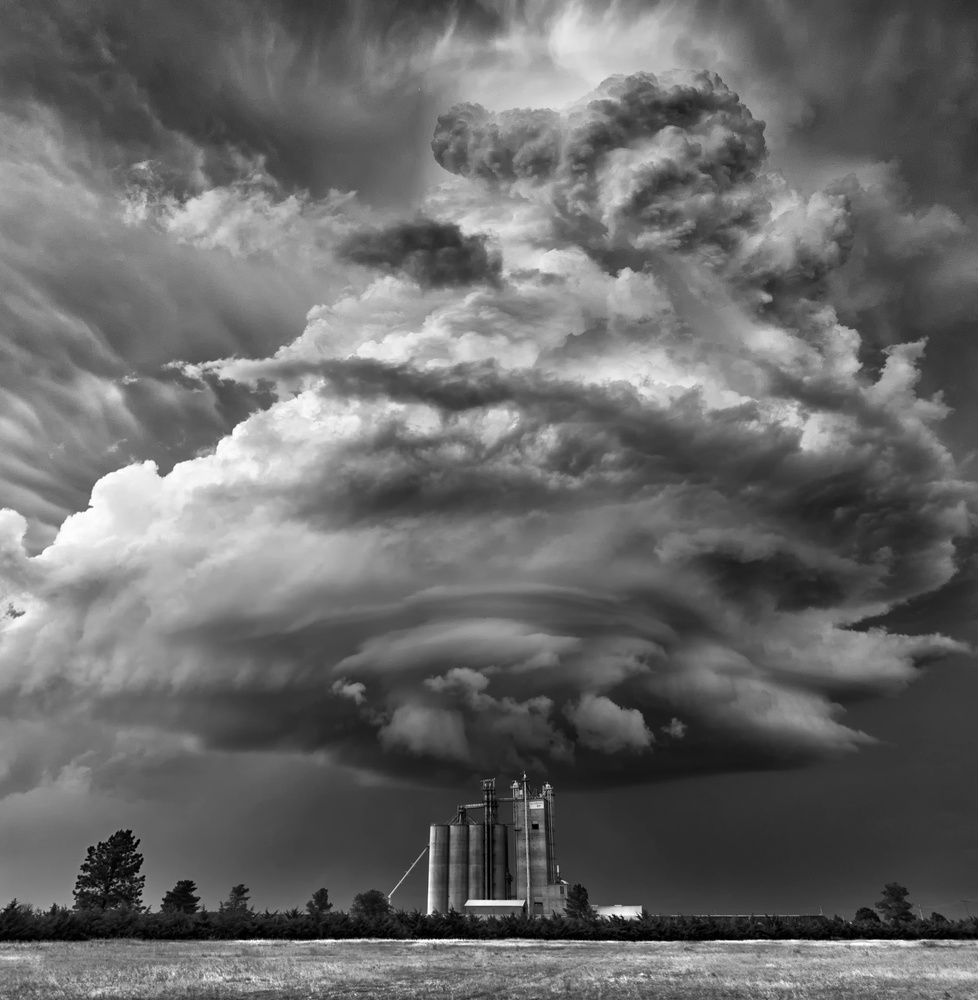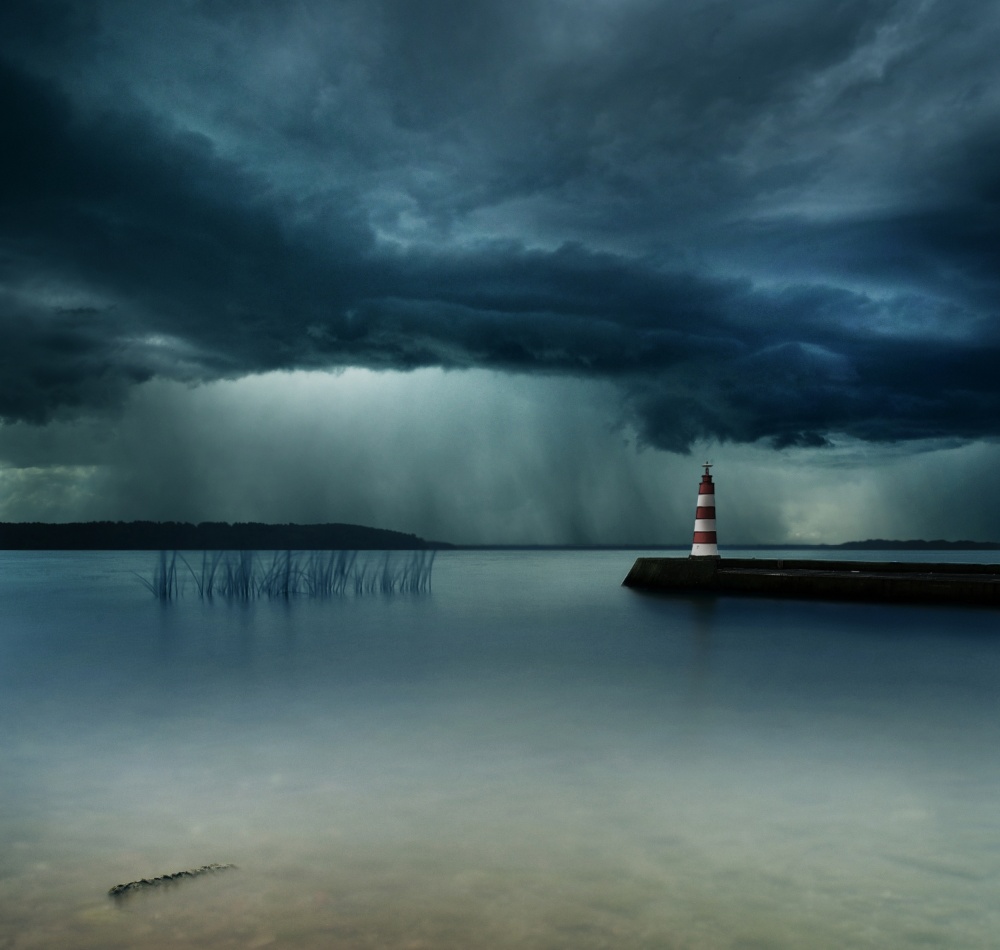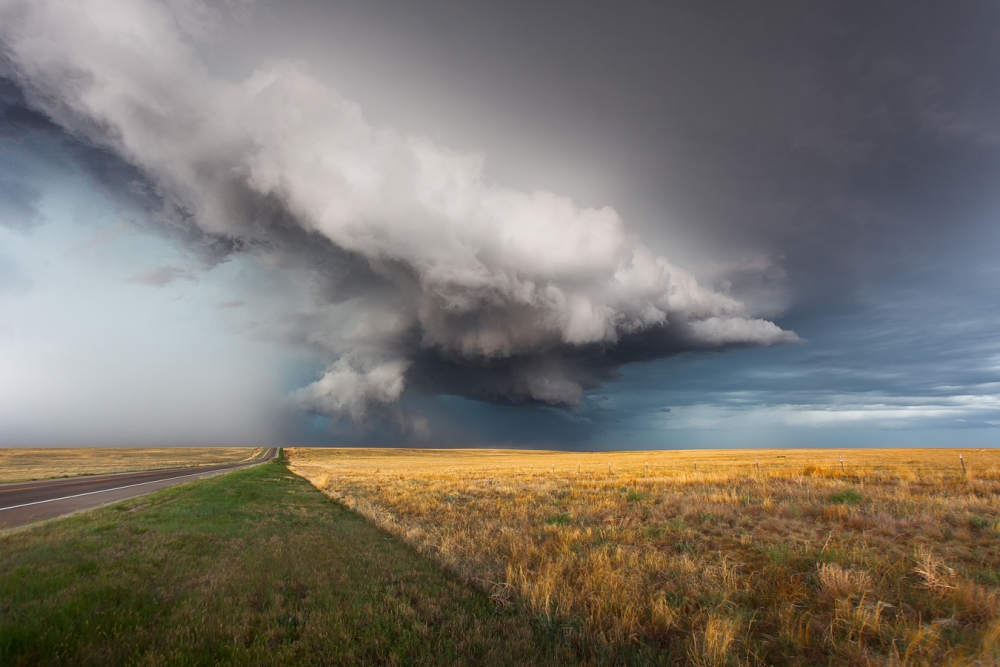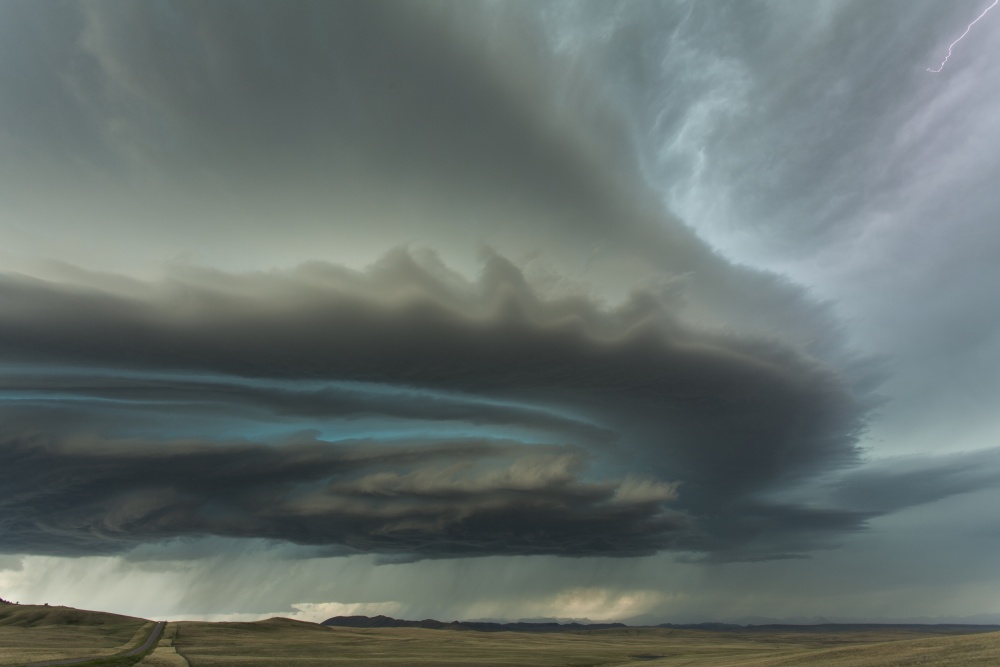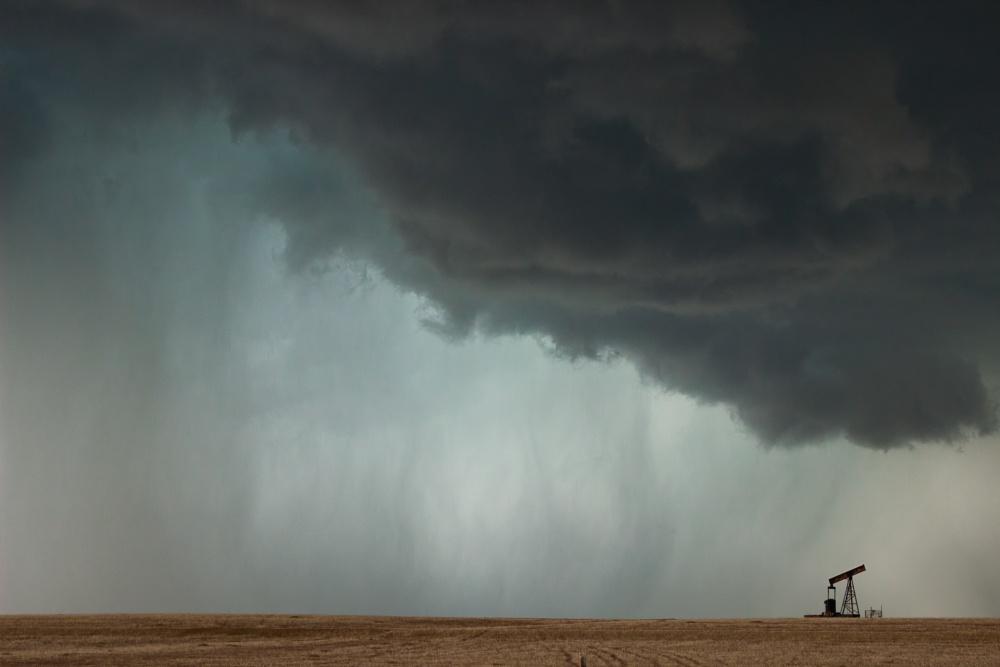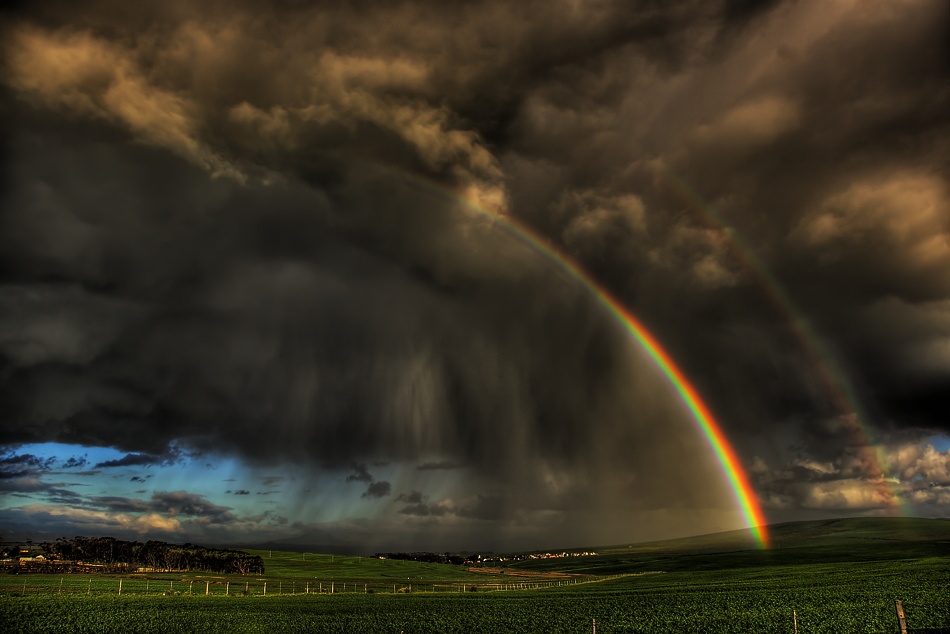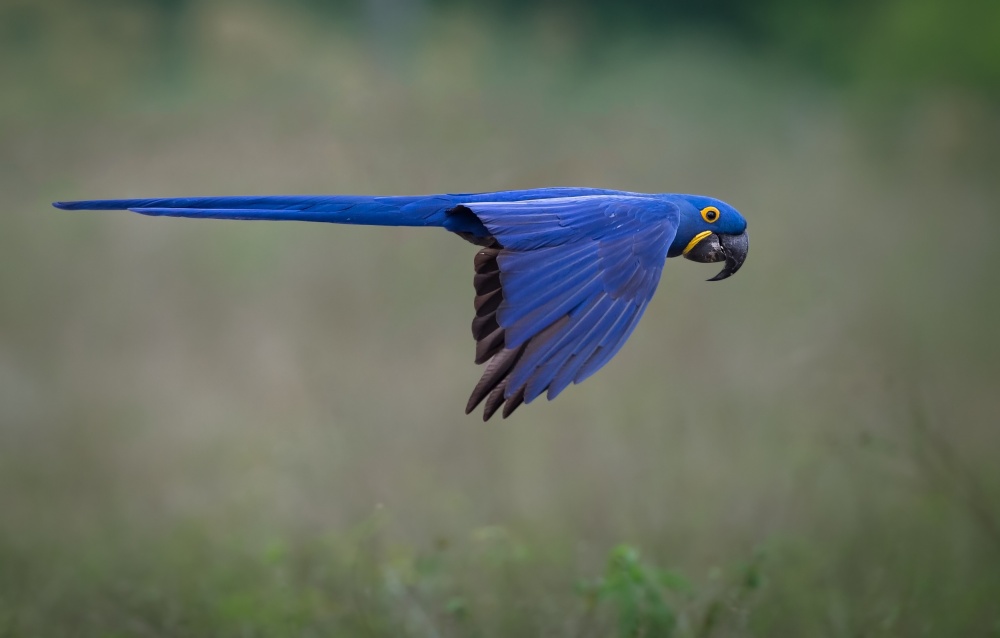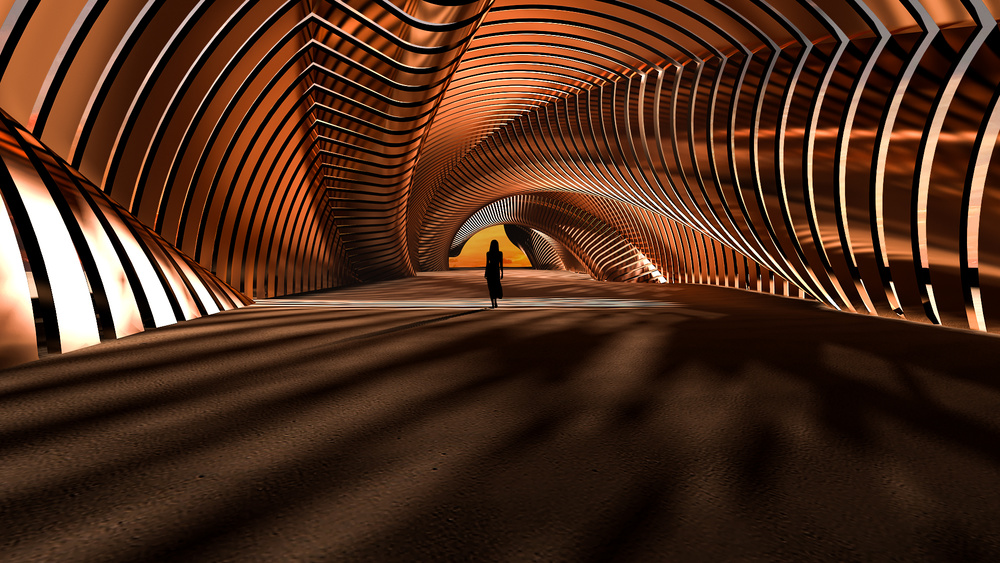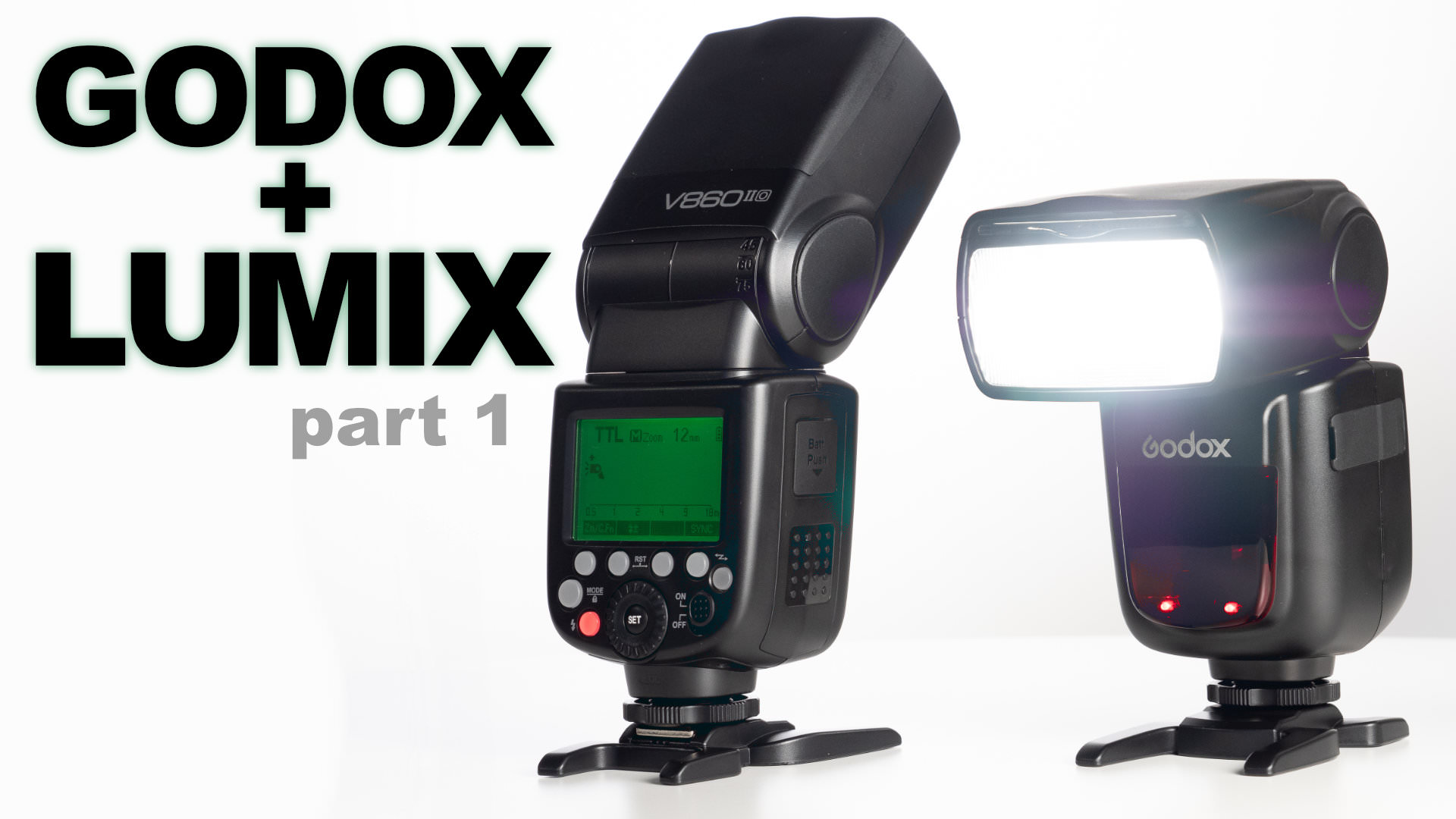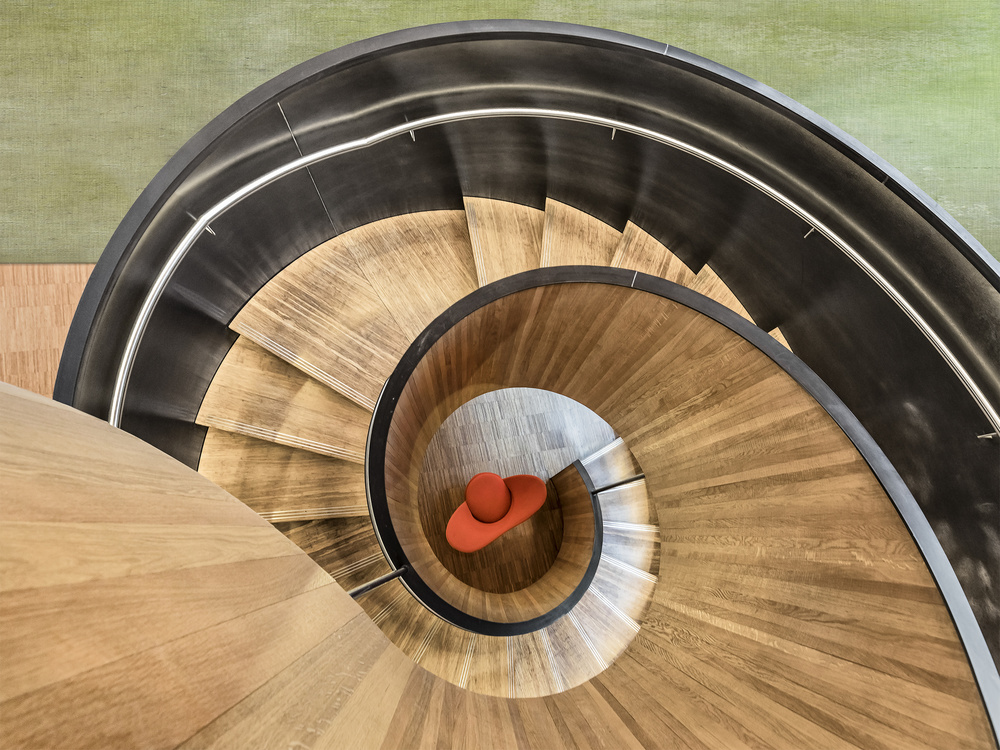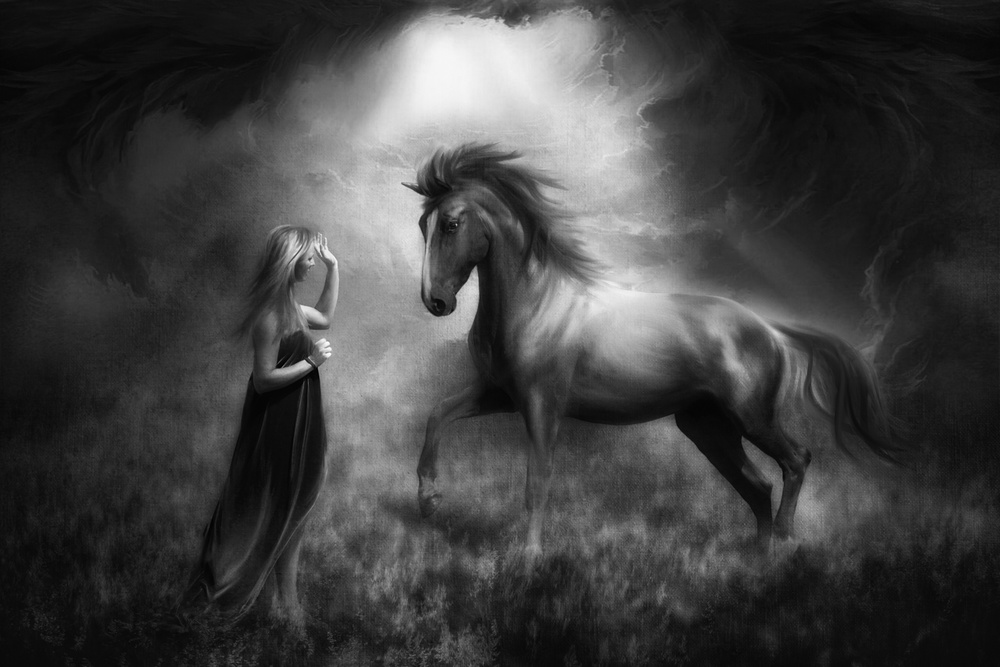Tips & Tricks
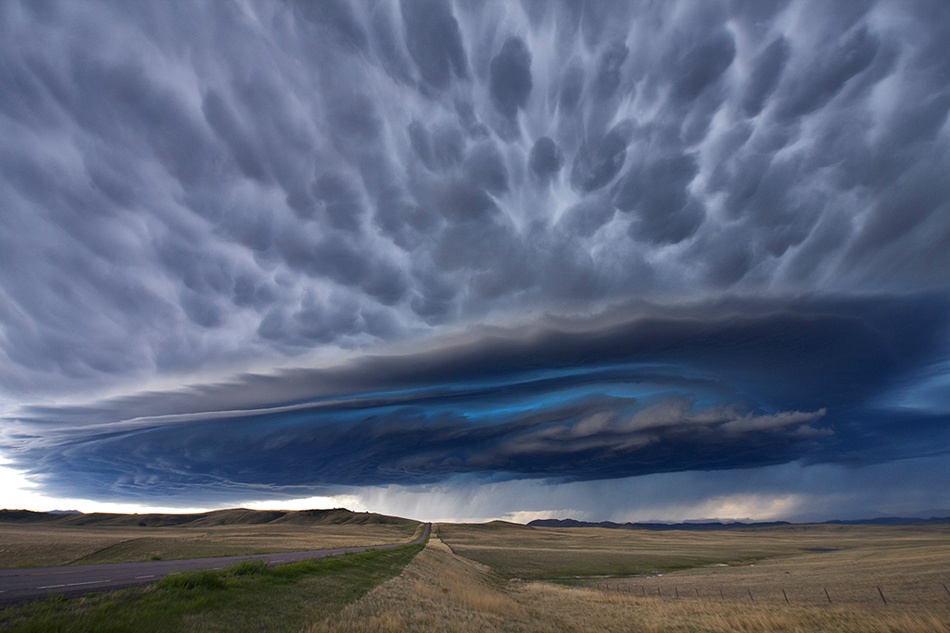
Chasing Storms with a Camera and Patience
1x Blog-Tips & Tricksby Editor Rob Darby
In May 2005, I woke up at 5 am in Denver, Colorado – a beautiful city at the foot of the Rocky Mountains - to meet 10 other intrepid souls – for my first official day of storm chasing.
“Storm chasing” is a niche hobby (or for some us an obsession) that has gained increasing popularity over the past 20-25 years. Some attribute the rise in interest to the 1992 American movie “Twister”: a rather unrealistic, but entertaining, disaster adventure film that follows a group of storm chasers as they attempt to understand how tornadoes form, and they find harrowing danger and, naturally, love along the way (this is Hollywood after all).
I have always been a weather geek and photography initially became a side-car hobby. I started taking pictures of and categorizing cloud types at age 8, and I majored in Meteorology at university, so the thought of a “weather vacation” seemed natural to me. Of course, most people don’t go looking for bad weather nor do they choose to sit in a crowded van for up to 16 hours a day in search of dark clouds and twisting winds, but by the look of the faces of my fellow van mates, we felt like we were about to embark on the vacation of a lifetime. I did not realize at the time that this vacation would turn into an annual sojourn to the US Midwest to chase and photograph storms.
Every year in spring and early summer, the US Midwest is the focus for some of the strongest thunderstorms on Earth, and most storm-related photography tours happen here. A combination of atmospheric instability and rotating up-drafts form extremely powerful, sometimes destructive, and often photogenic storms called “Supercells.” They are coveted by weather geeks and photographers for their impressive structure, power, and drama. These storms can transform a bucolic landscape into a moody tempest of impressive power and awe in a matter of minutes.
On this first day, we drove from Denver, Colorado to east of Lubbock, Texas where the Weather Service forecasted a moderate risk of tornadoes, a mere 1,000 km away, or roughly the distance from Amsterdam to Vienna. Like children at Christmas, we were too excited to care that it was 5 am and we were about to drive 10 hours to see…possibly nothing. This is the great unknown in storm chasing: you may see a swirling tempest or you may only see the decay of once-thriving small farming communities under sunny skies. Fortunately, on this day, the Weather Service forecast was right and we saw eight tornadoes that spun harmlessly over rural farmlands. This was Day 1 of a 10 day tour. We drove nearly 10,000 km, slept in cheap hotels and ate mostly gas station food for the next nine days, but we didn’t see another tornado.

“Kansas Farm” by Rob Darby
Those of you who have photographed storms or have photographed in poor weather know that trying to compose an image while simultaneously determining proper camera settings, and of course staying safe, can be a challenge. Storm photography often means shooting from a moving vehicle, jumping into rain, wind, and hail, handling low light, lens spots, and dusty sensors. Rarely do conditions allow for the luxury of setting up a tripod and the time to properly compose a shot. The storms move and change quickly, often forming and dying in the matter of an hour or two.
Supercells are very large and you may find yourself too close to capture the entire storm in one frame. Panoramas are often needed (if you have time for a tripod), but I have found that a (very) wide-angle lens and a rain parka are essential tools for a storm chaser for photographing storms in general.
When conditions are right, tornadoes can form from these storms. Generally, tornadoes are brief and are rarely photogenic. Poor contrast and variable/low light conditions make capturing a tornado in an artful way rare indeed. Nevertheless, a combination of skill, patience, (lots of driving) and right-place-right-time luck can produce some amazing images.
Maybe it is the uncertainty that makes storm chasing, and photography in general, so interesting. You really don’t know at the beginning of the day what you will see, where you will go, and where you will end up for the night. Sometimes you are rewarded with a beautiful storm spinning over a grain silo or a green field, but other times the chase is a “bust” and there are no storms. Fortunately, there are many other photographic opportunities in the Midwest. There are deserted farms, national parks, grasslands, and many small towns to photograph.
You learn to take what nature gives you.
. '

